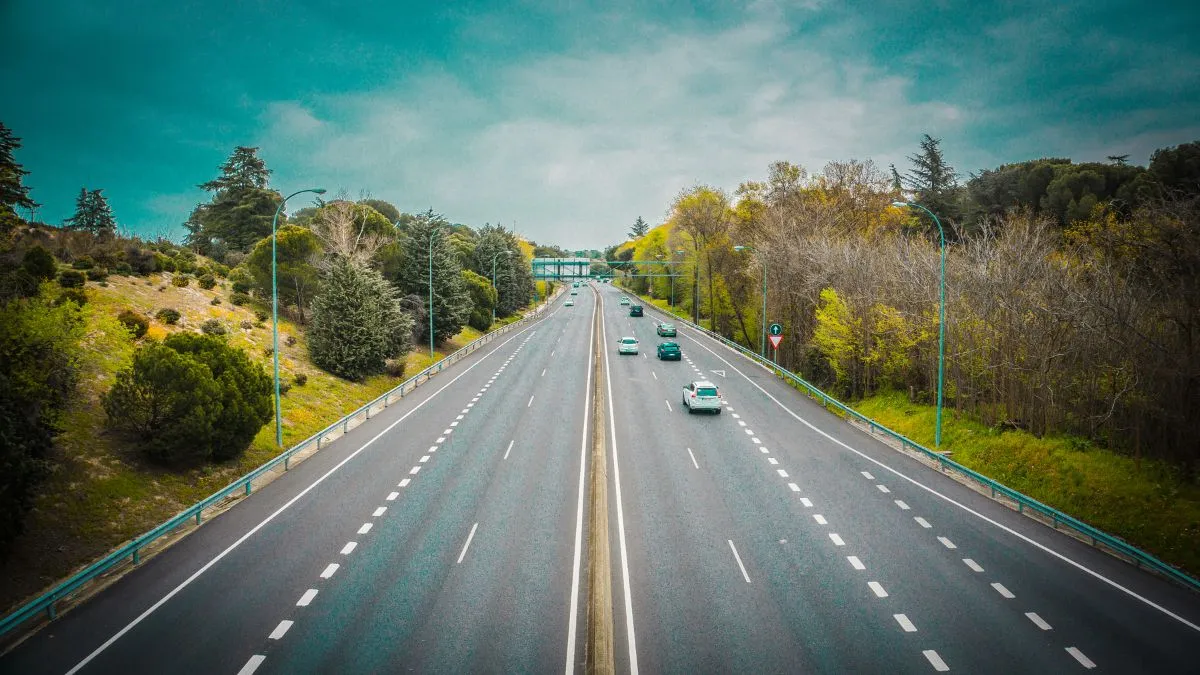- By Deeksha Gour
- Tue, 24 Jun 2025 10:03 PM (IST)
- Source:JND
Maharashtra News: The Maharashtra cabinet on Tuesday approved a massive Rs 20,787 crore for the ‘Maharashtra Shaktipeeth Expressway’. The new 802-km highway aims to reduce travel time between Nagpur and Goa from 18 hours to just 8, according to officials.
The cabinet meeting, chaired by Chief Minister Devendra Fadnavis, cleared the ambitious plan, which is expected to connect important religious sites across 12 districts. The expressway will also promote development in rural areas by improving access and infrastructure.
To ease concerns related to land acquisition, the Chief Minister has directed officials to hold discussions with farmers in areas where opposition has been reported. The Maharashtra State Road Development Corporation (MSRDC) will be responsible for executing the project. A loan of Rs 12,000 crore has already been sanctioned by HUDCO for acquiring around 7,500 hectares of land.
The expressway will stretch from Pavnar in Wardha district to Patradevi near the Maharashtra-Goa border in Sindhudurg. It will pass through districts like Yavatmal, Hingoli, Nanded, Parbhani, Beed, Latur, Dharashiv, Solapur, Sangli, Kolhapur, and Sindhudurg.
ALSO READ: Maharashtra School Teacher Beats Daughter To Death Over Low Marks In NEET Practice Test
Besides improving transport, the route will connect many significant pilgrimage sites, including major Shaktipeeths such as Tuljapur, Mahur and Kolhapur. It will also offer direct access to other spiritual destinations like Pandharpur, Ambajogai, Aundha Nagnath and Parli Vaijnath Jyotirlings. Popular temples like those in Akkalkot, Audumber, Karanja-Lad and Narsobachi Wadi will also fall along this corridor.
Maharashtra is known for its revered Shaktipeeth temples, including Mahalakshmi in Kolhapur, Tulja Bhavani in Tuljapur, and Saptashrungi Devi in Nashik. Other notable shrines like Renuka Devi in Mahur and Yamai Devi in Aundh are also part of the state’s spiritual tourism circuit.
Officials said the expressway is expected to become a key driver of religious tourism, apart from enhancing road connectivity and fostering economic development in the regions it covers.

